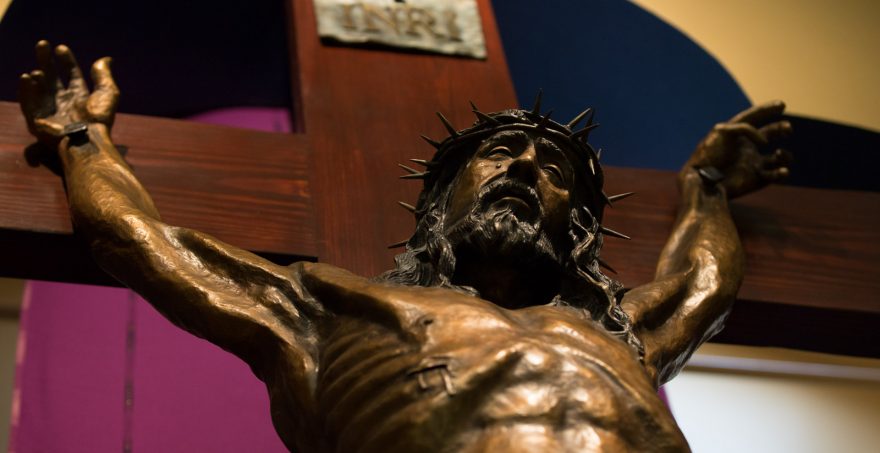Lenten Practices
by Tim Lanigan

During Lent, the Church encourages Catholics to observe, at a minimum, two forms of sacrifice.
Fasting was formerly observed on all days during Lent (Sundays excluded), but is now confined to Ash Wednesday and Good Friday. Fasting is obligatory for all who have completed their 18th year and have not yet reached their 60th year. It is defined as one meal a day and two smaller meals, which would not exceed the main meal in quantity. Foregoing any food between meals is also part of the fast.
Abstinence requires Catholics fourteen and older to abstain from eating meat on Ash Wednesday and on all Fridays during Lent. Meat includes both mammals and fowl, such as chicken.
Fasting and abstinence are two obligations that we accept during Lent. But there are two other opportunities to deepen our spiritual lives, as well. One is prayer: personal prayer, prayer in community, and the reading of Scripture and other spiritual materials. For example, many Catholics try to attend Mass more frequently, perhaps even daily, during Lent. Other traditional Lenten devotions include attending Stations of the Cross and saying the rosary.
The second opportunity to deepen our spiritual lives is almsgiving. Caring for the poor, the hungry, and the stranger are obligations that are mentioned over and over again in both the Old and New Testaments. In Matthew’s Gospel, Jesus tells of selecting those worthy to join Him in eternal life in these words: “Amen, I say to you, whatever you did for one of these least brothers of mine, you did for me” (Mt 25:40).
Many of the things we do in Lent can be done during the rest of the year, but are things we never seem to get around to. Like spring cleaning, Lent gives us a special occasion to renew our efforts in the weeks leading up to Easter, an opportunity to do many of the things we know we should be doing to pursue the lives we’d like to lead.
To learn more about Lenten practices visit the USCCB website.




